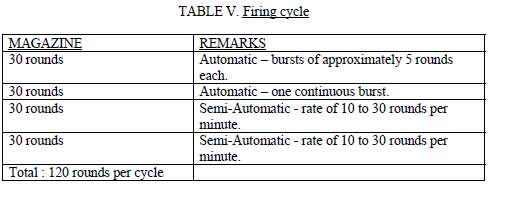
Originally Posted by
Koshinn

SNIP
LMT has a piston system because they sell and customers were asking, not because they think it's necessary. I think it's pretty obvious why Colt has a piston coming.
I have two SCARs that see a lot of use. I've owned a couple piston ARs but prefer DI and currently run all DI ARs. I've used them in all typed of environments and pushed them very hard, gotten them filthy and ran all types of ammo. The piston does nothing truly better than my ARs unless we're talking SBRs (on the extreme end) or suppressed full auto fire. For most all normal use, including military use, the AR with it's DI system is perfectly acceptable.
As to why other rifles aren't using it, I have no idea. I just know what works. I'm all for advancements in the industry if they are truly better. If they're just a different way of doing things at an increased cost with very little benefit, I don't see it as a great idea or worth the extra cost.
Last edited by jonconsiglio; 02-14-12 at 18:30.
Proven combat techniques may not be flashy and may require a bit more physical effort on the part of the shooter. Further, they may not win competition matches, but they will help ensure your survival in a shooting or gunfight on the street. ~ Paul Howe





 Reply With Quote
Reply With Quote










Bookmarks